เช็คบิล ภาษาอังกฤษ: วิธีการเรียนรู้การใช้คำภาษาอังกฤษ
NỘI DUNG TÓM TẮT
- 1 🇬🇧 เช็คบิลด้วย ❌ ไม่ใช่ Check Bill นะคะ
- 2 เช็คบิลร้านอาหาร ภาษาอังกฤษ
- 2.1 Understanding the Basics
- 2.2 Navigating the Bill in English
- 2.3 Frequently Asked Questions (FAQ)
- 2.3.1 Q1: How can I check if the prices on the bill match the menu?
- 2.3.2 Q2: Do I need to leave a tip in addition to the service charge?
- 2.3.3 Q3: Can I request a detailed breakdown of the bill?
- 2.3.4 Q4: Is it common to negotiate or dispute charges on the bill?
- 2.3.5 Q5: How do I say “Can I get the bill, please?” in English?
- 3 ขออนุญาต เช็คบิล ภาษาอังกฤษ
🇬🇧 เช็คบิลด้วย ❌ ไม่ใช่ Check Bill นะคะ
Keywords searched by users: เช็คบิล ภาษาอังกฤษ เช็คบิลร้านอาหาร ภาษาอังกฤษ, ขออนุญาต เช็คบิล ภาษาอังกฤษ, คิดเงิน ภาษาอังกฤษ, เช็คบิล ภาษาจีน, แคชเชียร์คิดเงิน ภาษาอังกฤษ, เช็คบิล แปลว่า, เช็คบิลอาหาร, Bill please แปล
เช็คบิล ภาษาอังกฤษ: A Comprehensive Guide to Handling Bills in English
In the realm of dining and financial transactions, understanding how to manage bills and communicate effectively in English holds significant importance. Whether you’re in a restaurant, a retail store, or any service-oriented establishment, having a grasp of เช็คบิล (Check Bill) in English can greatly enhance your experience and smooth out any potential misunderstandings. This comprehensive guide aims to elucidate the concept of เช็คบิล ภาษาอังกฤษ, providing a detailed breakdown of essential vocabulary, phrases, common mistakes to avoid, and resources for further learning.
Understanding เช็คบิล ภาษาอังกฤษ
Exploring the concept of เช็คบิล (Check Bill) in English unveils its significance across various settings and scenarios. In English-speaking environments, requesting, understanding, and settling bills are fundamental skills. Not only does it facilitate seamless transactions but also contributes to positive social interactions. Knowing how to navigate through these situations ensures efficiency and fosters a pleasant experience for all parties involved.
Common Phrases and Vocabulary
To effectively communicate needs related to checking bills in English-speaking environments, familiarizing oneself with common phrases and vocabulary is crucial. Here’s a comprehensive list:
- “May I have the bill, please?” – Polite way to request the bill in a restaurant or a store.
- “Could you bring us the check?” – An alternative way to ask for the bill.
- “How much do I owe?” – Asking for the total amount due.
- “Separate checks, please.” – Requesting individual bills in a group setting.
- “Do you take credit cards?” – Inquiring about payment methods.
Step-by-Step Guide: Requesting the Bill
Asking for the bill in English involves a series of polite expressions and practical steps to ensure effective communication. Here’s a step-by-step guide:
- Wait for the Right Moment: Avoid rushing; ask for the bill when the server is available.
- Use Polite Phrases: Employ phrases like “Excuse me,” “Please,” and “Thank you.”
- Direct Request: Politely ask for the bill using phrases mentioned earlier.
Understanding Restaurant Terminology
In restaurants, understanding specific terms related to bills, payments, and tipping is essential. Here are key English terms:
- Check/Bill: The itemized list of items ordered with their respective prices.
- Tip/Gratuity: Additional money given to service staff as appreciation.
- Subtotal: The total cost of items before taxes and additional charges.
- Tax: The percentage added to the bill for government revenue.
- Payment Methods: Cash, credit card, or mobile payments accepted by the establishment.
Common Mistakes to Avoid
Thai speakers may encounter typical errors or misunderstandings when dealing with bills in English. Some pitfalls to avoid include:
- Mispronunciation of Words: Ensure correct pronunciation to avoid misunderstandings.
- Misunderstanding Gratuity: Understand tipping customs to avoid confusion.
- Language Barrier: Seek clarification if unsure to prevent errors in transactions.
Additional Resources for Learning
To further enhance English language skills specifically related to checking bills, here’s a curated list of online and offline resources:
- Online English Learning Platforms: Platforms offering English language courses.
- Thai Language Resources: Forums discussing language nuances.
- Infographics and Articles: Visual aids and detailed articles on checking bills.
By honing these skills and leveraging these resources, individuals can confidently navigate English-speaking environments when dealing with bills, payments, and transactions, thereby enhancing their overall experience.
FAQs
Q1: เช็คบิล ร้านอาหาร ภาษาอังกฤษ คืออะไร?
A1: เช็คบิล ร้านอาหาร ภาษาอังกฤษ หมายถึง การขอบิลหรือใบเสร็จรับเงินในร้านอาหารด้วยภาษาอังกฤษ เพื่อชำระค่าอาหารและบริการที่ได้รับ
Q2: ขออนุญาต เช็คบิล ภาษาอังกฤษ หมายความว่าอย่างไร?
A2: ขออนุญาต เช็คบิล ภาษาอังกฤษ เป็นการขออนุญาตให้ทางร้านอาหารหรือสถานที่บริการส่งใบเสร็จรับเงินหรือบิลให้ลูกค้าเพื่อชำระเงินตามรายการที่ได้รับบริการ
Q3: คิดเงิน ภาษาอังกฤษ หมายถึงอะไร?
A3: คิดเงิน ภาษาอังกฤษ หมายถึงการแสดงค่าใช้จ่ายทั้งหมดที่ลูกค้าต้องจ่ายเมื่อได้รับบิลหรือใบเสร็จรับเงิน
Q4: เช็คบิล แปลว่าอะไร?
A4: เช็คบิล แปลว่า “Check Bill” หรือ “Bill Check” ในภาษาไทย หมายถึง การตรวจสอบหรือขอดูรายการสินค้าและบริการพร้อมราคาที่เป็นรายการบนใบเสร็จรับเงิน
Q5: เช็คบิล อาหาร หมายถึงอะไร?
A5: เช็คบิล อาหาร หมายถึง บิลหรือใบเสร็จรับเงินที่แสดงรายการอาหารที่ลูกค้าได้สั่งหรือบริการที่ได้รับจากร้านอาหาร
Q6: “Bill please” แปลว่าอย่างไร?
A6: “Bill please” แปลว่า “ขอบิลหน่อย” หรือ “ขอบิลหน่อยครับ/ค่ะ” ใช้ในการขอบิลหรือใบเสร็จรับเงินเมื่อต้องการชำระเงินในร้านอาหารหรือสถานที่บริการ
This comprehensive guide aims to equip individuals with the necessary skills and knowledge to confidently handle bills and transactions in English-speaking environments, ensuring seamless experiences in various service-oriented settings.
Categories: ยอดนิยม 59 เช็คบิล ภาษาอังกฤษ

Check bill : เช็คบิล
เช็คบิลร้านอาหาร ภาษาอังกฤษ
เช็คบิลร้านอาหาร ภาษาอังกฤษ: A Comprehensive Guide to Checking Restaurant Bills in English
In the bustling world of dining out, enjoying a meal at a restaurant is not just about savoring delicious food; it also involves the essential task of settling the bill. Navigating through a restaurant bill, especially when it’s in a language you’re not fluent in, can be a daunting experience. This guide aims to shed light on the process of checking restaurant bills in English for Thai speakers, providing detailed information and explanations to make the experience smoother and more enjoyable.
Understanding the Basics
Before delving into the intricacies of checking a restaurant bill in English, it’s crucial to grasp the fundamental elements commonly found on such documents. Bills typically include details such as:
-
Menu Items: A list of the dishes and beverages you ordered.
-
Quantity: The number of servings or units for each menu item.
-
Unit Price: The cost of each menu item.
-
Subtotal: The total cost before any additional charges.
-
Service Charge: A percentage added to the bill to cover service expenses.
-
VAT (Value Added Tax): A government-mandated tax added to the bill.
-
Total Amount: The grand total, inclusive of all charges.
1. Checking Menu Items and Quantity:
Begin by reviewing the list of menu items and their respective quantities. Ensure that everything you ordered is accurately reflected on the bill.
Pro Tip: Familiarize yourself with common English names for Thai dishes to avoid confusion.
2. Verifying Unit Prices:
Confirm that the unit prices align with the prices listed on the menu. Discrepancies in pricing may be an oversight or, in rare cases, intentional.
Pro Tip: Use a currency converter if the menu is in a different currency to avoid misunderstandings.
3. Understanding Subtotal and Additional Charges:
Examine the subtotal and check for any additional charges, such as service charges or VAT. These charges are standard in many establishments and contribute to the final cost.
Pro Tip: Service charges may vary, so be aware of the percentage used by the restaurant.
4. Calculating the Total Amount:
Ensure that the total amount on the bill accurately reflects the sum of the subtotal and additional charges. This final figure is the amount you’ll be expected to pay.
Pro Tip: If you’re unsure about any charge, don’t hesitate to ask the staff for clarification.
Frequently Asked Questions (FAQ)
A1: Compare the unit prices on the bill with those listed on the menu. If you find any discrepancies, bring it to the attention of the staff for clarification.
Q2: Do I need to leave a tip in addition to the service charge?
A2: In establishments where a service charge is included, an additional tip is not obligatory. However, if you received exceptional service, leaving a small tip is appreciated.
Q3: Can I request a detailed breakdown of the bill?
A3: Yes, most restaurants are happy to provide a detailed breakdown upon request. This can help you understand specific charges better.
Q4: Is it common to negotiate or dispute charges on the bill?
A4: While it’s not a common practice, if you believe there is an error, politely discuss it with the staff. Most restaurants are willing to address legitimate concerns.
Q5: How do I say “Can I get the bill, please?” in English?
A5: You can use the phrase “Can I have the bill, please?” or “May we get the check, please?” to request the bill from the server.
In conclusion, navigating a restaurant bill in English is a skill that becomes more comfortable with practice. By understanding the key elements and asking for clarification when needed, you can ensure a smooth and hassle-free dining experience. So, the next time you enjoy a meal at an English-speaking restaurant, you’ll be well-equipped to handle the check with confidence. Happy dining!
ขออนุญาต เช็คบิล ภาษาอังกฤษ
ขออนุญาต เช็คบิล ภาษาอังกฤษ: A Comprehensive Guide to Requesting and Checking Bills in English
Introduction:
In today’s globalized world, English has become a crucial language for communication, especially in the realm of business and hospitality. This article aims to provide an in-depth guide on the topic “ขออนุญาต เช็คบิล ภาษาอังกฤษ” or “Requesting and Checking Bills in English.” Whether you’re a traveler, a business professional, or someone looking to enhance their language skills, understanding how to request and check bills in English is essential.
Understanding the Basics:
When it comes to requesting a bill in English, politeness and clarity are key. Whether you are in a restaurant, hotel, or any other service-oriented establishment, using the right phrases can make the process smoother. Common phrases for requesting a bill include “May I have the bill, please?” or “Could you bring the check, please?” It’s important to use polite language to ensure a positive interaction.
In addition to requesting the bill, it’s equally important to know how to check it accurately. This involves understanding the items listed, checking for any discrepancies, and ensuring that the total amount is correct. This article will delve into specific phrases and expressions used in English when dealing with bills and payments.
Key Phrases and Expressions:
-
Requesting the Bill:
- “May I have the bill, please?”
- “Could you bring the check, please?”
- “I’d like to settle the bill.”
-
Checking the Bill:
- “Could you please itemize the bill for me?”
- “Is the service charge included in the total?”
- “I believe there might be a mistake in the bill. Could you double-check?”
-
Paying the Bill:
- “I’ll pay in cash/credit card.”
- “Could you split the bill, please?”
- “Do you accept [currency]?”
In-Depth Information on Bill Checking in English:
Understanding the components of a bill in English is crucial. This includes deciphering menu items, identifying taxes and service charges, and confirming the accuracy of the total amount. Additionally, knowing how to handle common issues such as overcharges or incorrect items is essential for a smooth transaction.
References:
To provide a comprehensive guide, we refer to various sources, including an infographic from Mgronline, a language-related blog from Longdo, an English learning platform from Fab English Online, discussions on Pantip and Doopasa forums, and an insightful post on bill checking from Doopasa.
FAQ Section:
Q1: What is the most polite way to ask for the bill in English?
A1: The phrases “May I have the bill, please?” and “Could you bring the check, please?” are commonly used and considered polite.
Q2: How can I check if the bill is accurate in English?
A2: You can use phrases like “Could you please itemize the bill for me?” and “I believe there might be a mistake in the bill. Could you double-check?” to ensure accuracy.
Q3: Is it common to tip in English-speaking countries?
A3: Yes, tipping is customary in many English-speaking countries. It’s usually around 15-20% of the total bill in restaurants.
Conclusion:
Mastering the art of requesting and checking bills in English is not only practical but also an important aspect of effective communication. This guide provides a comprehensive overview of the topic, offering language learners and professionals valuable insights for seamless interactions in English-speaking environments. Whether you’re traveling or conducting business, these language skills will undoubtedly contribute to a positive and culturally sensitive experience.
สำรวจ 8 เช็คบิล ภาษาอังกฤษ
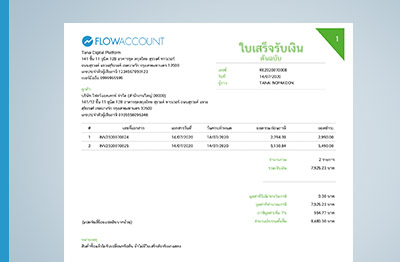


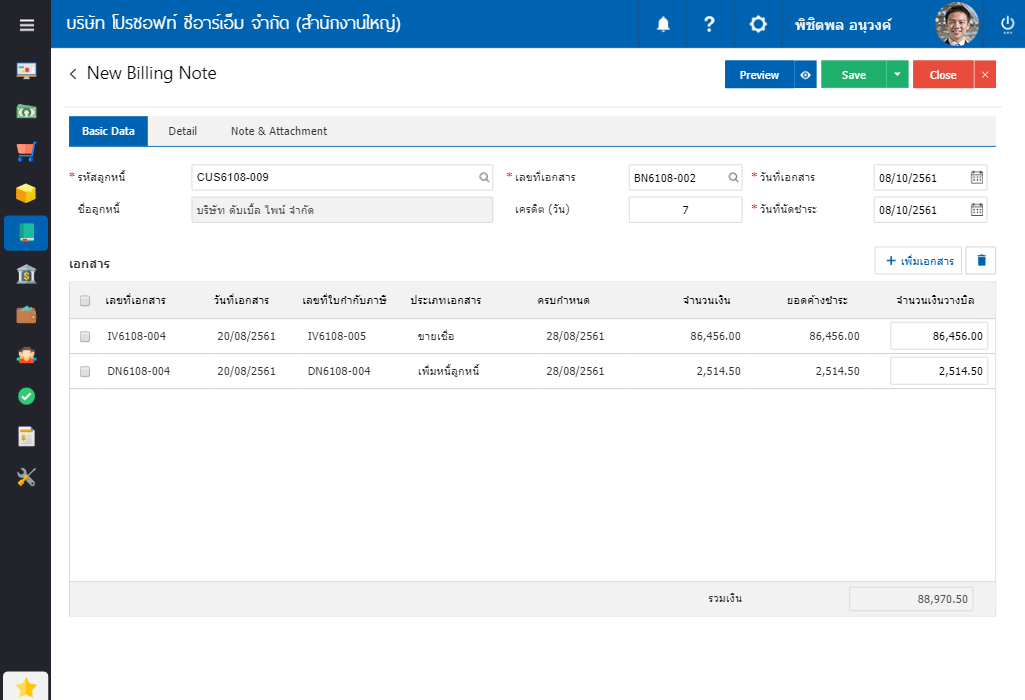


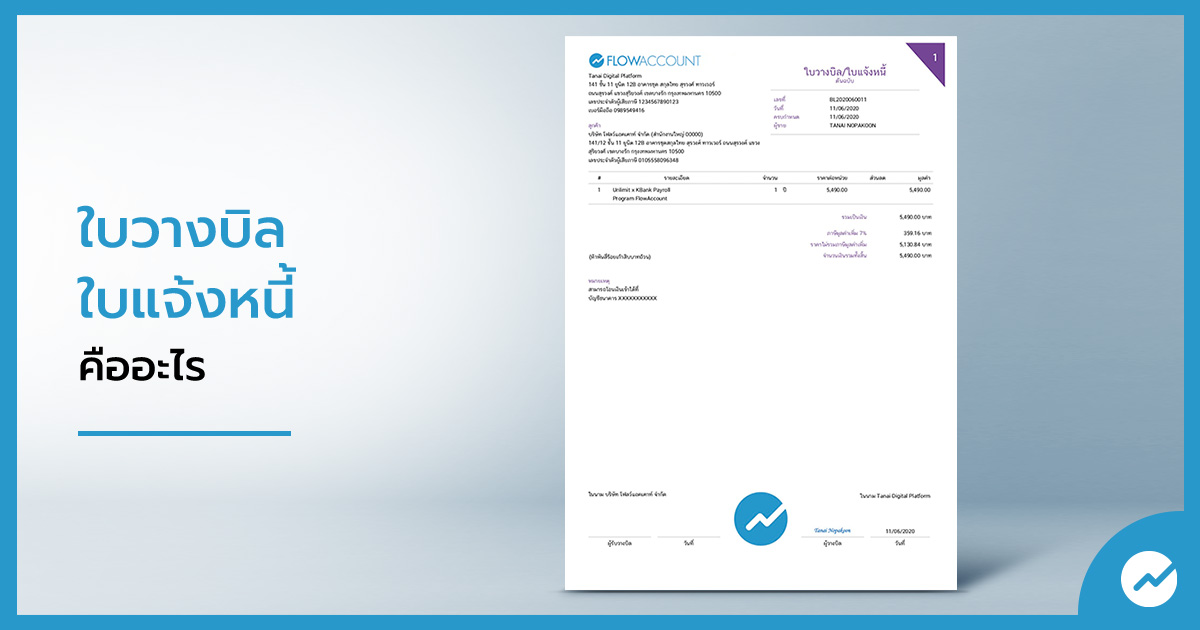

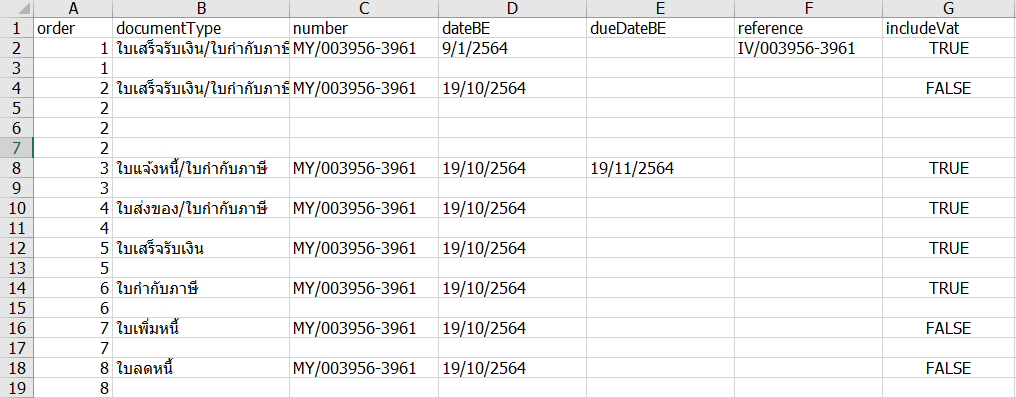

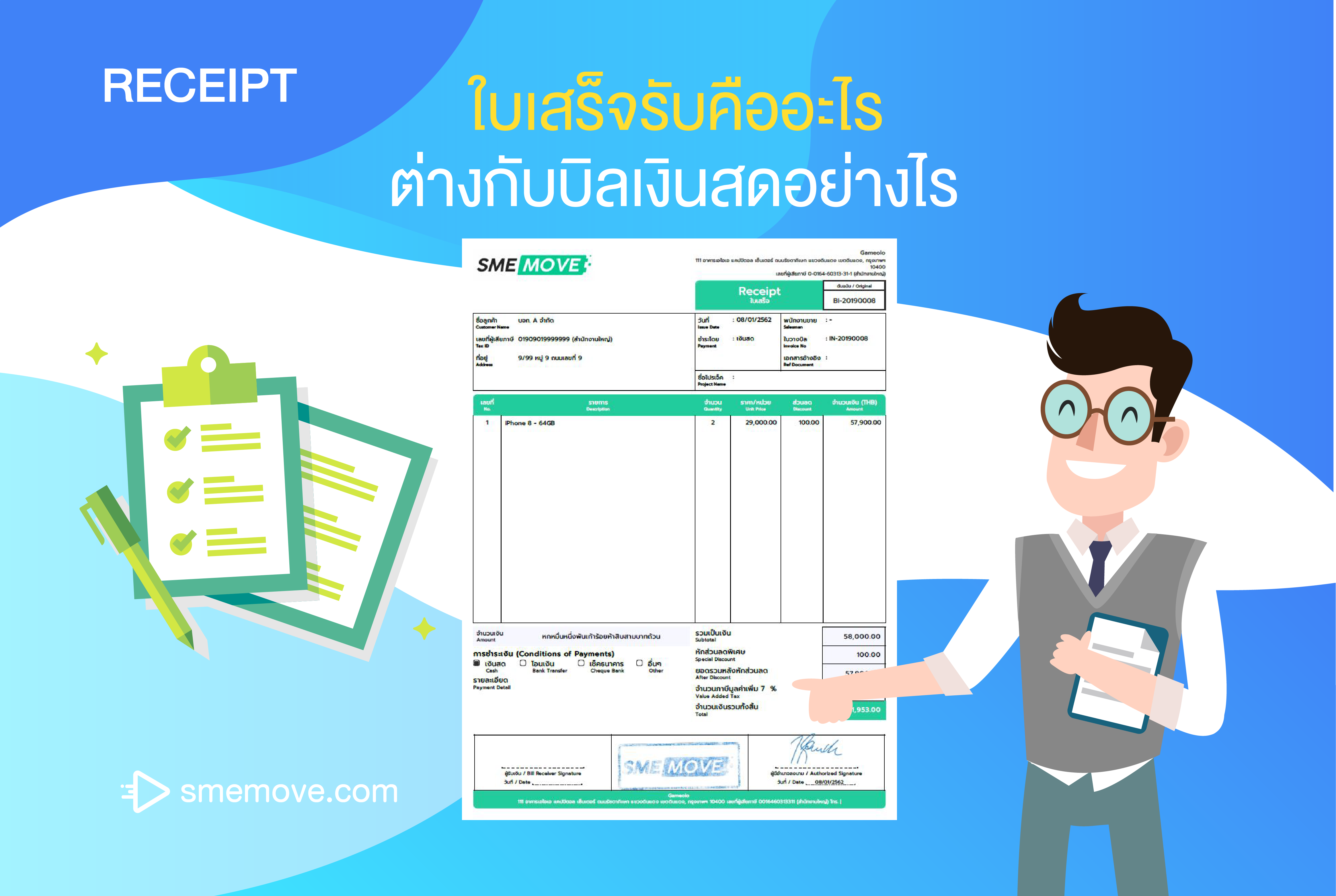


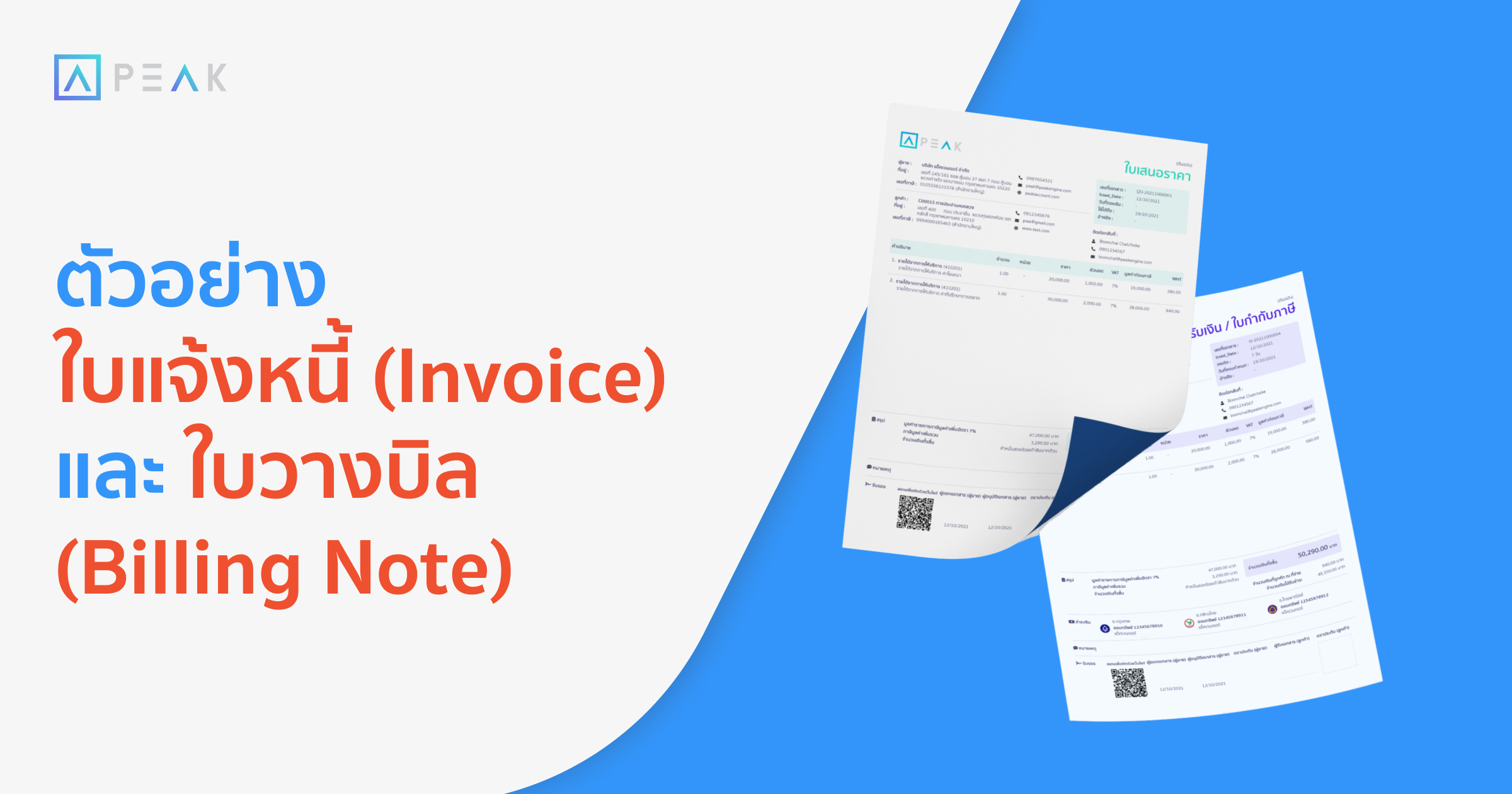

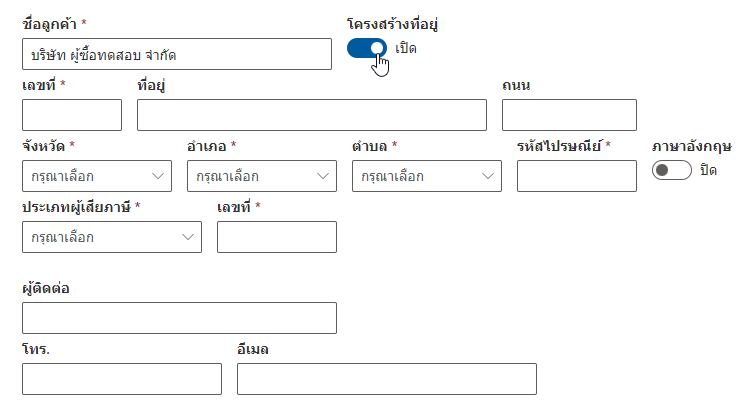
See more here: kientrucxaydungviet.net
Learn more about the topic เช็คบิล ภาษาอังกฤษ.
- Check bill : เช็คบิล ศัพท์ฮิต…ใช้ผิดบ่อย
- Check bill คำฮิต ใช้ผิดบ่อย – Longdo Dict Blog
- “น้องๆ.. เช็คบิลด้วยนะ” พูดเป็นภาษาอังกฤษพูดว่ายังงัย
- ภาษาอังกฤษ “ขออนุญาติเช็คบิลคุณลูกค้าค่ะ” จะพูดว่ายังไงได้บ้างคะ
- คิดเงินด้วยครับ การเช็คบิล จ่ายค่าอาหาร ภาษาอังกฤษ
- จ่ายเงิน(check bill)พูดให้ถูก..
See more: kientrucxaydungviet.net/category/%E0%B8%82%E0%B8%B2%E0%B8%A7%E0%B8%A5%E0%B8%B2%E0%B8%A7